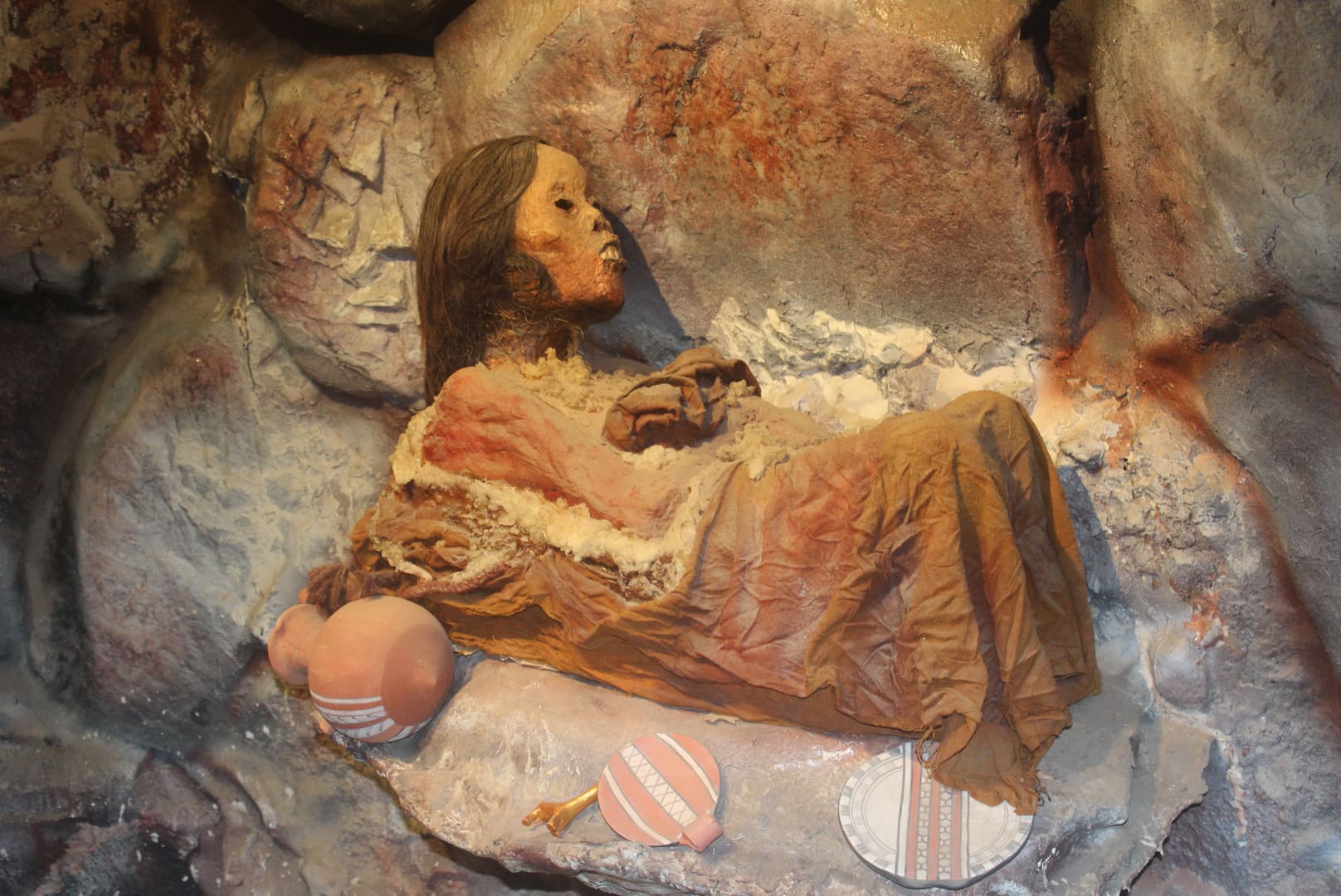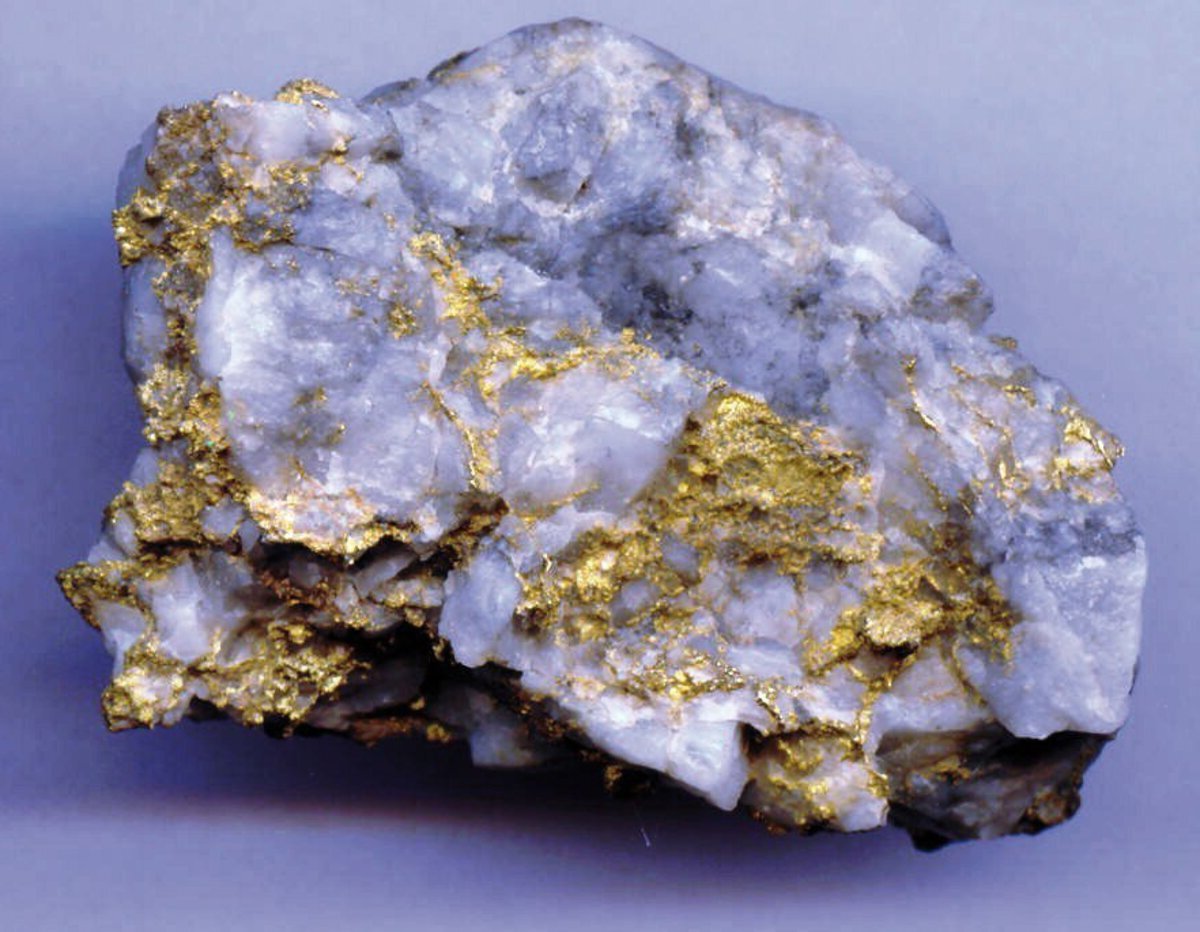
Mummy Juanita, also known as the Inca Ice Maiden, is one of the most well-preserved mummies ever found. Discovered in 1995 on Mount Ampato in Peru, she offers a unique glimpse into Inca culture and rituals. Juanita was likely a young girl sacrificed to the gods over 500 years ago. Her discovery has fascinated archaeologists and historians alike, revealing details about Inca life, clothing, and religious practices. Juanita's body was naturally mummified by the freezing temperatures of the Andes, preserving her in an almost lifelike state. This remarkable find continues to captivate those interested in ancient civilizations and their customs.
Key Takeaways:
- Mummy Juanita, also known as the "Ice Maiden," was a well-preserved mummy discovered in Peru. Her sacrifice sheds light on Inca rituals and society, and her legacy continues to spark interest in archaeology and history.
- The discovery of Mummy Juanita has provided valuable insights into Inca culture and rituals. Her well-preserved state has allowed scientists to study her in great detail, leading to advancements in mummy preservation techniques.
Who Was Mummy Juanita?
Mummy Juanita, also known as the "Ice Maiden," is one of the most well-preserved mummies ever discovered. Found on Mount Ampato in Peru, she offers a fascinating glimpse into the Inca civilization.
- Mummy Juanita was discovered in 1995 by anthropologist Johan Reinhard and his assistant Miguel Zárate.
- She was found at an altitude of 20,000 feet on Mount Ampato, a dormant volcano in the Andes.
- Juanita is believed to have been sacrificed around 1450-1480 AD during the reign of the Inca Empire.
- Her body was naturally mummified by the freezing temperatures of the mountain.
- She was around 12-15 years old at the time of her death.
The Significance of Her Discovery
The discovery of Mummy Juanita has provided invaluable insights into Inca rituals, culture, and society. Her well-preserved state has allowed scientists to study her in great detail.
- Juanita's discovery was considered one of the top 10 discoveries of 1995 by Time magazine.
- She is one of the best-preserved mummies ever found, with her internal organs intact.
- Her discovery has helped researchers understand the Inca practice of capacocha, a ritual sacrifice.
- Artifacts found with her, such as textiles and figurines, offer clues about Inca craftsmanship and religious practices.
- DNA analysis of Juanita has provided information about the genetic makeup of the Inca people.
The Ritual of Capacocha
Capacocha was a significant religious ceremony in the Inca Empire, often involving the sacrifice of children to appease the gods. Juanita's sacrifice sheds light on this ancient practice.
- Capacocha ceremonies were held to ensure agricultural fertility and the well-being of the empire.
- Children chosen for sacrifice were often from noble families and considered pure.
- They were given a special diet and treated with great care before the sacrifice.
- The journey to the sacrificial site was long and arduous, symbolizing a pilgrimage.
- Victims were often given chicha, a maize beer, to numb them before the sacrifice.
The Preservation of Mummy Juanita
Juanita's exceptional preservation is due to the unique conditions of her resting place. The cold, dry climate of Mount Ampato played a crucial role in keeping her intact.
- Her body was encased in ice, which prevented decomposition.
- The freezing temperatures preserved her skin, hair, and even her blood.
- She was found in a fetal position, wrapped in textiles.
- Her clothing and artifacts were also well-preserved, providing additional context.
- The ice acted as a natural time capsule, keeping her body and belongings in pristine condition.
Scientific Studies and Findings
Since her discovery, Mummy Juanita has been the subject of numerous scientific studies. These studies have revealed fascinating details about her life and death.
- CT scans showed that she died from a blow to the head, likely during the sacrificial ritual.
- Analysis of her hair indicated that she consumed coca leaves and alcohol before her death.
- Her diet consisted mainly of maize and vegetables, typical of the Inca diet.
- Isotope analysis of her teeth suggested she was born and raised in the highlands of Peru.
- Studies of her clothing revealed intricate weaving techniques and the use of natural dyes.
Cultural Impact and Legacy
Mummy Juanita has had a significant impact on both the scientific community and popular culture. Her discovery has sparked interest in Inca history and archaeology.
- She is displayed at the Museo Santuarios Andinos in Arequipa, Peru.
- Juanita has been featured in documentaries and television programs, bringing her story to a global audience.
- Her discovery has inspired further archaeological expeditions in the Andes.
- She has become a symbol of Inca heritage and is often referenced in discussions about ancient civilizations.
- The study of Juanita has led to advancements in mummy preservation techniques.
Ethical Considerations
The discovery and study of Mummy Juanita also raise important ethical questions about the treatment of human remains and cultural heritage.
- Some argue that she should be reburied according to Inca traditions.
- Others believe that studying her can provide valuable historical and scientific knowledge.
- The display of her remains in a museum has sparked debates about the ethics of exhibiting human bodies.
- Indigenous groups have called for greater respect and consideration of their cultural heritage.
- The ongoing study of Juanita highlights the need for ethical guidelines in archaeology and anthropology.
The Legacy of Mummy Juanita
Mummy Juanita, also known as the Inca Ice Maiden, offers a fascinating glimpse into the past. Discovered atop Mount Ampato in Peru, her well-preserved body has provided invaluable insights into Inca culture and sacrificial rituals. Scientists have learned about her diet, health, and the clothing she wore, which speaks volumes about the Inca civilization. Her discovery has also sparked interest in archaeology and anthropology, inspiring many to explore ancient cultures.
Juanita's story isn't just about her death; it's about the rich history she represents. Her preservation allows us to connect with a world long gone, making her a bridge between past and present. As we continue to study her, we uncover more about the Inca people and their way of life. Mummy Juanita remains a significant archaeological find, reminding us of the enduring mysteries of human history.
Frequently Asked Questions
Was this page helpful?
Our commitment to delivering trustworthy and engaging content is at the heart of what we do. Each fact on our site is contributed by real users like you, bringing a wealth of diverse insights and information. To ensure the highest standards of accuracy and reliability, our dedicated editors meticulously review each submission. This process guarantees that the facts we share are not only fascinating but also credible. Trust in our commitment to quality and authenticity as you explore and learn with us.


